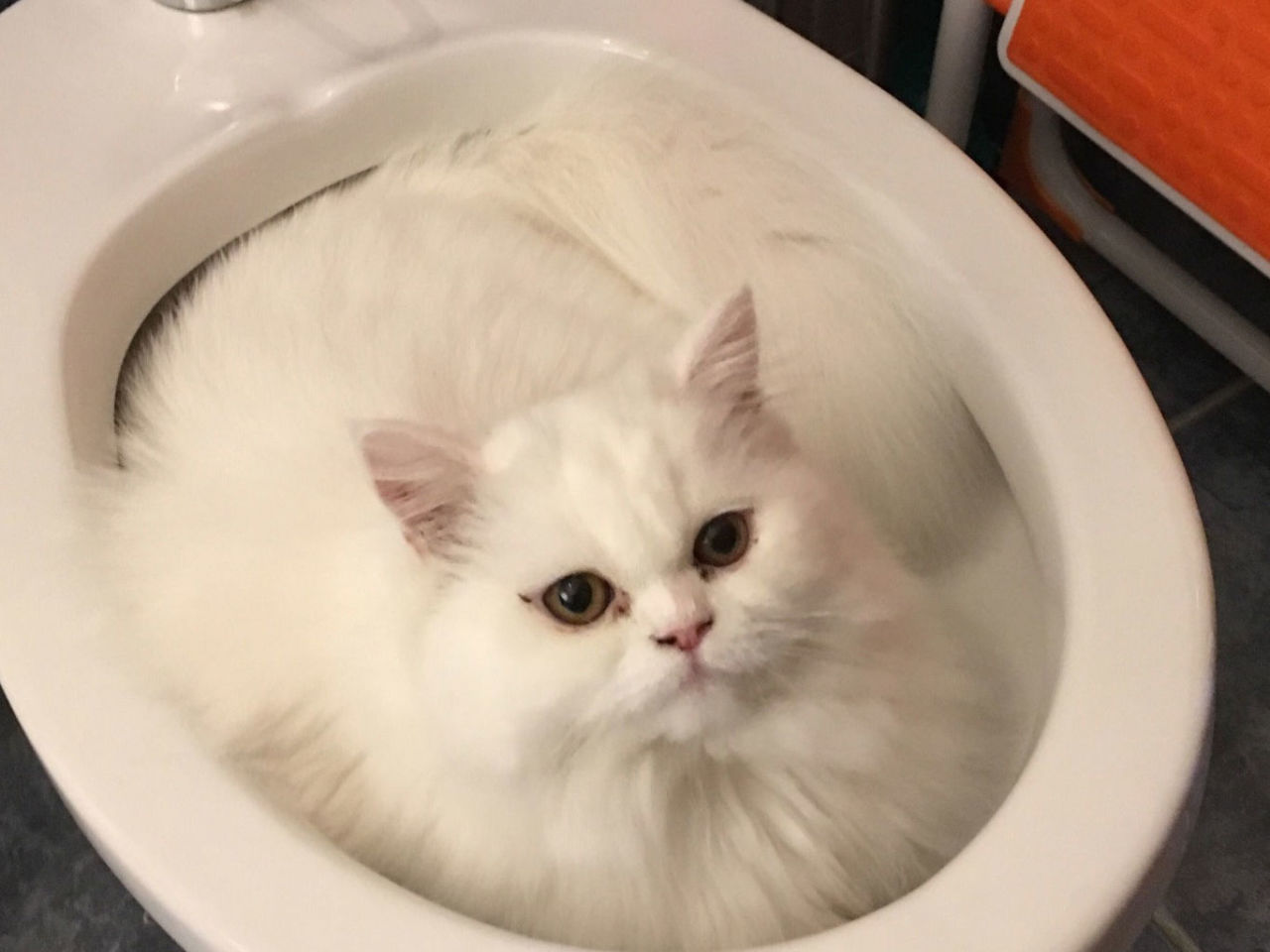Avoid Plumbing Problems: Never Flush Cat Poop Down Your Toilet - Expert Guidance
Avoid Plumbing Problems: Never Flush Cat Poop Down Your Toilet - Expert Guidance
Blog Article
Nearly everybody has got their private rationale involving Can You Flush Cat Poo or Litter Down the Toilet?.

Introduction
As feline proprietors, it's important to be mindful of exactly how we get rid of our feline buddies' waste. While it might seem convenient to flush feline poop down the bathroom, this practice can have detrimental consequences for both the setting and human wellness.
Alternatives to Flushing
Luckily, there are much safer and more liable methods to deal with pet cat poop. Think about the following choices:
1. Scoop and Dispose in Trash
The most usual technique of dealing with pet cat poop is to scoop it into a naturally degradable bag and throw it in the trash. Make certain to use a specialized litter scoop and throw away the waste promptly.
2. Use Biodegradable Litter
Select biodegradable cat trash made from products such as corn or wheat. These clutters are eco-friendly and can be securely gotten rid of in the garbage.
3. Hide in the Yard
If you have a lawn, take into consideration hiding pet cat waste in a marked location far from veggie yards and water resources. Make sure to dig deep sufficient to avoid contamination of groundwater.
4. Set Up a Pet Waste Disposal System
Purchase an animal waste disposal system specifically made for pet cat waste. These systems utilize enzymes to break down the waste, decreasing odor and ecological effect.
Health Risks
Along with ecological issues, purging pet cat waste can additionally pose health and wellness dangers to people. Pet cat feces might consist of Toxoplasma gondii, a parasite that can trigger toxoplasmosis-- a possibly extreme disease, especially for pregnant females and people with weakened body immune systems.
Ecological Impact
Purging feline poop presents dangerous pathogens and parasites right into the water supply, presenting a substantial risk to water ecological communities. These contaminants can negatively affect aquatic life and concession water top quality.
Verdict
Responsible pet ownership extends beyond offering food and shelter-- it likewise includes proper waste management. By refraining from flushing cat poop down the commode and going with different disposal approaches, we can lessen our environmental footprint and shield human wellness.
Why Can’t I Flush Cat Poop?
It Spreads a Parasite
Cats are frequently infected with a parasite called toxoplasma gondii. The parasite causes an infection called toxoplasmosis. It is usually harmless to cats. The parasite only uses cat poop as a host for its eggs. Otherwise, the cat’s immune system usually keeps the infection at low enough levels to maintain its own health. But it does not stop the develop of eggs. These eggs are tiny and surprisingly tough. They may survive for a year before they begin to grow. But that’s the problem.
Our wastewater system is not designed to deal with toxoplasmosis eggs. Instead, most eggs will flush from your toilet into sewers and wastewater management plants. After the sewage is treated for many other harmful things in it, it is typically released into local rivers, lakes, or oceans. Here, the toxoplasmosis eggs can find new hosts, including starfish, crabs, otters, and many other wildlife. For many, this is a significant risk to their health. Toxoplasmosis can also end up infecting water sources that are important for agriculture, which means our deer, pigs, and sheep can get infected too.
Is There Risk to Humans?
There can be a risk to human life from flushing cat poop down the toilet. If you do so, the parasites from your cat’s poop can end up in shellfish, game animals, or livestock. If this meat is then served raw or undercooked, the people who eat it can get sick.
In fact, according to the CDC, 40 million people in the United States are infected with toxoplasma gondii. They get it from exposure to infected seafood, or from some kind of cat poop contamination, like drinking from a stream that is contaminated or touching anything that has come into contact with cat poop. That includes just cleaning a cat litter box.
Most people who get infected with these parasites will not develop any symptoms. However, for pregnant women or for those with compromised immune systems, the parasite can cause severe health problems.
How to Handle Cat Poop
The best way to handle cat poop is actually to clean the box more often. The eggs that the parasite sheds will not become active until one to five days after the cat poops. That means that if you clean daily, you’re much less likely to come into direct contact with infectious eggs.
That said, always dispose of cat poop in the garbage and not down the toilet. Wash your hands before and after you clean the litter box, and bring the bag of poop right outside to your garbage bins.
https://trenchlesssolutionsusa.com/why-cant-i-flush-cat-poop/

Do you like reading up on Don’t flush cat feces down the toilet? Write feedback down below. We would be delighted to see your opinion about this page. We are looking forward that you visit us again in the near future. Liked our entry? Please share it. Let others find it. I cherish reading our article about Can You Flush Cat Poop Down The Toilet?.
Call Today Report this page